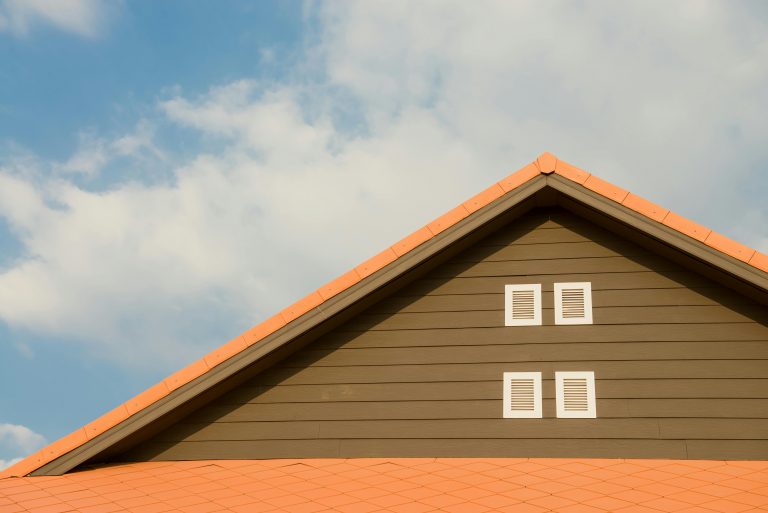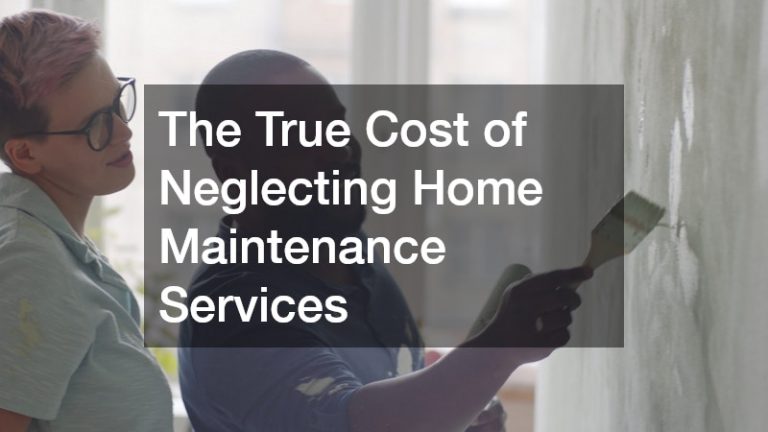
Exposure to high concentrations of radon gas can lead to lung cancer. It is estimated that around 21,000 to 23,000 dies of radon-related lung cancer each year, and that is the reason why learning how to make your home safe from radon gas should be on top of your priority.
Fortunately, there are plenty of effective and efficient ways to reduce your family’s exposure to radon gas. Whether doing it by yourself or hiring radon mitigation and abatement services, there are plenty of options for you to choose from. To help you with this, here are some ways to make your home safe from radon gas.
What is Radon?
Radon is a radioactive gas that is odorless and colorless around soil and in the atmosphere. Soil is porous in nature, and radon gas can easily leak out into the small cracks and holes of your home. When radon gas enters the premises of your home, exposure to this radioactive gas in large concentrations may be a cause for concern that’s why having a yearly reliable radon inspection should be done.
Why is Radon a Health Concern?
When you are exposed to certain levels of radon gas, it can be a leading cause of lung cancer and other diseases. Exposure to radon gas for long periods can lead to lung cancer; that’s why a reliable radon inspection in your home should be done as much as possible.
Ways To Protect Your Home From Radon
Here are ways how to make your home safe from radon gas. These include:
Have Your Home Tested with a reliable radon inspection company
Radon gas levels can fluctuate every now and then depending on the weather; that’s why doing a reliable radon inspection of your home is the first step to protecting your home from these hazardous gases. You can hire radon inspectors to do the checking for you or buy a radon test kit to see whether there’s a significant presence of radon gas in your home.
Install Radon Mitigation System
If you found out that there’s a significant level of radon in your house, then call a few licensed or certified radon mitigators and ask for a quote. These services are most likely expensive, but try to ask whether they have cheaper alternatives wherein you can afford them. If you have recently purchased your home, ensure that the house was tested.
Make The Right Changes
If you can’t afford a radon mitigation system, there are alternative ways how you can minimize radon exposure at home.
Basement is one of the areas where radon levels are pretty significant; if you happen to have a room nearby, try moving them to a new location.
Another good way to reduce radon levels at home is to have proper ventilation; installing windows and fans in areas where you have found radon is an efficient way to minimize levels.
You can also ask to have the furnace cleaned and maintained twice a year to ensure proper ventilation at home is achieved, and if you have the money, try buying a portable air cleaner and place it in areas where radon gas levels are high.
Open windows and doors quite often when the weather permits, and spend quality time outside of your home as needed.
Seal cracks and holes in your basement or any parts of your home. This way, you reduce the risk of radon gases entering your home.
Stop smoking. Radon exposure and smoking are the two leading causes of lung cancers; when you stop smoking, it reduces the risk of lung cancer due to radon exposure.
Three Radon Resistant Techniques:
Gas-permeable layering – when installed in your home, the gas from the soil can’t enter your home as they only move around in this layer.
Plastic sheeting – plastic sheeting can be placed on top of the gas-permeable layer to move the radon gas away to ensure no gas enters your home.
Improve ventilation – opening windows, fans, and opening doors can improve airflow at home. When you do, it can help keep radon levels in check without the need to buy an expensive radon gas mitigation system.






